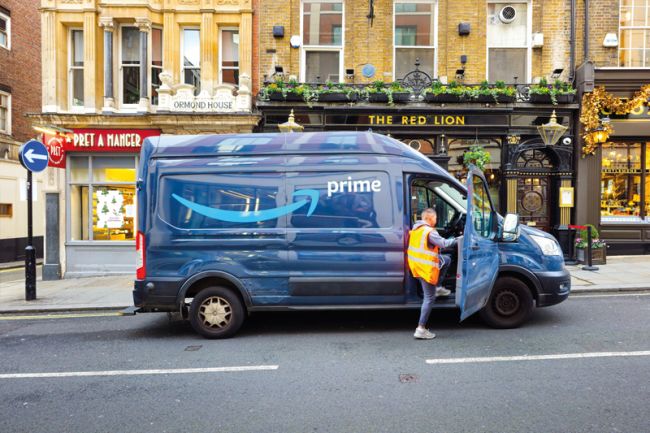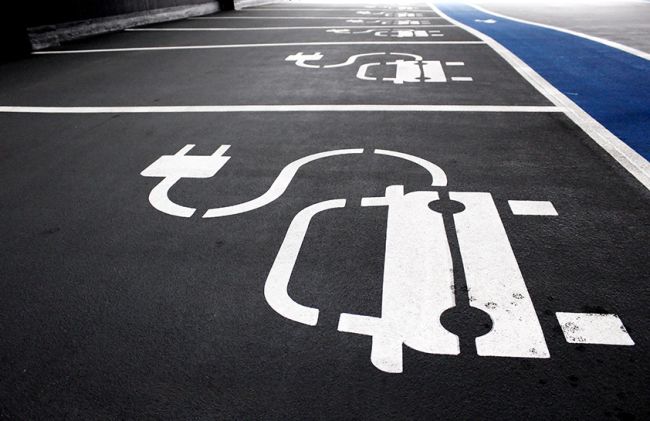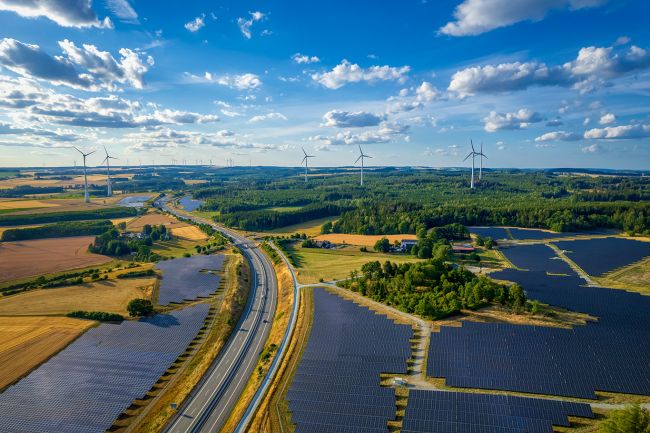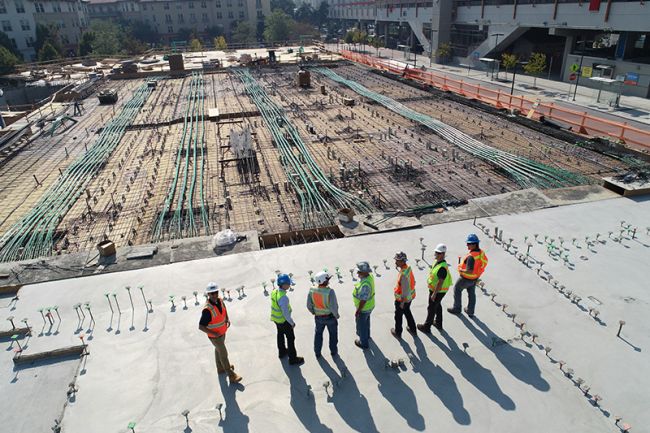Integrated modeling and policy implications
Public transportation agencies operate in an everchanging environment that requires reactive planning processes in the short-term.

Public transportation agencies operate in an everchanging environment that requires reactive planning processes in the short-term which align with long-term investment and infrastructure strategies.
To support our clients in this challenging environment, Steer has developed a suite of integrated modeling tools which bridges these competing needs. The tools allow for relatively short turnaround times, while also following a rigorous scenario planning approach that can address changes in services, user behavior, competing modes, network conditions or financial constraints. This suite of tools incorporates streamlined interfaces between each modeling component, with a focus on performing high-level analysis of scenarios. The modeling tools provide sufficient detail in its outputs to allow for a well-informed comparison of scenario implications without requiring extensive level of detail and resources of other existing planning and evaluation tools.
Our modeling suite consists of four major components:
• Service planning: A high-level service planning tool (ATTUne) that facilitates efficient testing of changes to rail and transit schedules, including resolution of conflicts and an assessment of equipment needs to run the schedules. This tool provides a range of insightful analytical outputs, including stringlines, platform occupancy charts and conflict summaries. We have developed interfaces that allow a streamlined import of General Transit Feed Specification (GTFS) schedule data, as well as outputs that feed directly into the ridership, land-use, and cost modeling processes, thereby ensuring detailed schedule adjustments are directly reflected throughout the analysis.
• Ridership and land-use modeling: An urban/regional dynamic model (UDM/RDM) based on the principles of system dynamics that simulates the dynamic interaction between transportation demand, land-use and socio-demographic indicators, such as population and employment. Unlike traditional demand models, or even activity-based models, the UDM/ RDM has the ability to allow for nonconstant population, employment and land-use in travel analysis zones and is therefore able to assess the impact these items have on the transportation network. The model interfaces directly with the service planning analysis and reflects the resultant transportation network impedances accordingly. The main outputs are projected changes in ridership and revenue, and resultant impacts on land-use and sociodemographic indicators. The data interface provides an easy interaction with cost and financial modeling, economic impact analysis, and also GIS systems to allow for further downstream analyses and refined mapping of the model projections.
• Operation and maintenance (O&M) cost modeling: A cost model that allows for an evaluation of changes to O&M costs, as well as operating subsidies. The cost model incorporates outputs from the ATTUne service planning, as well as the UDM/RDM demand model to provide a relatively quick evaluation of the cost implications of different service plan changes. The model is detailed enough to capture various O&M cost components, but at the same time is also broad enough to allow for an aggregate analysis of the key cost implications. Steer also incorporated an add-on tool that allows for a financial feasibility analysis if major infrastructure investments are needed to facilitate the service plan.
• Economic impact analysis: A suite of tools that analyze the economic impact generated by investment in the transit or rail system and the subsequent increased spending to operate the system. This analysis can be based on input-output modeling, the capture of wider economic benefits (WEBs), or a combination of both. More and more of our clients value this evaluation as a crucial component in making the case for investment in transit and rail systems, especially where significant public funds are required. In combination with the land-use impacts projected by the UDM/RDM, economic impact analysis is a highly effective way of demonstrating the full implications of transit and rail investment, not only for the passengers, but also for the entire region.
We have successfully applied this suite of tools in numerous projects across the globe and helped our clients analyze a wide range of scenarios from minimum approaches to visionary and transformative projects. We believe in decision-making processes underpinned by rigorous analysis and facts: our integrated modeling suite provides clients with this rigorous base, while also managing the complex balance of short and long-term planning pressures.
Stay tuned for more example of our tools in action in the future.



















